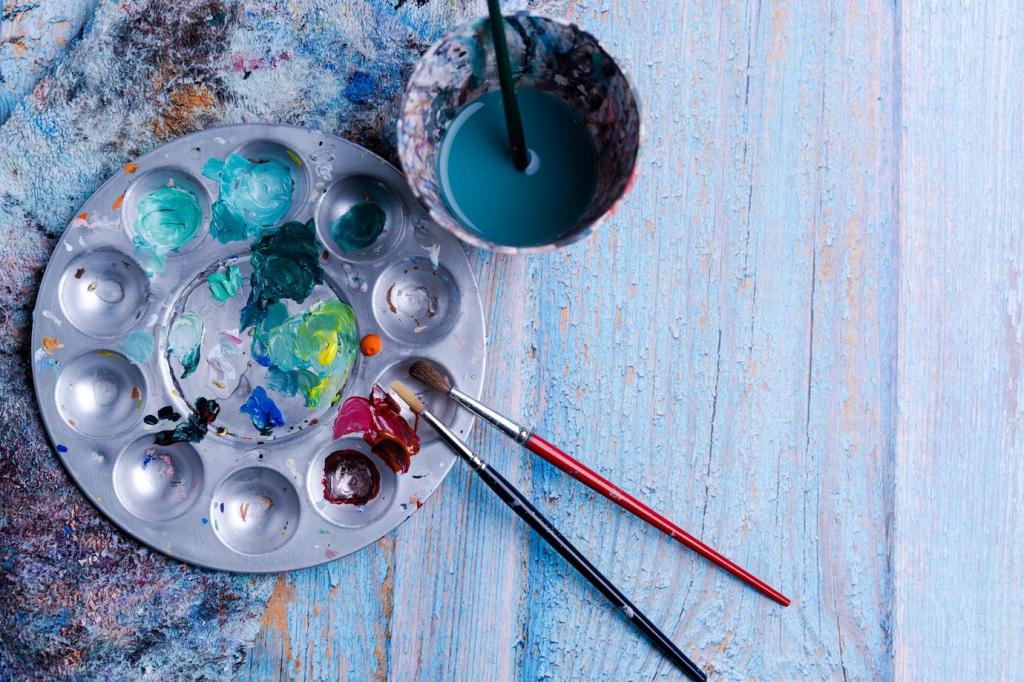Using Collage for Emotional Healing
Why Collage Heals: Science Meets Soul
Tactile Calm and the Brain’s Rhythm
The repetitive motions of cutting, tearing, and arranging can steady your nervous system, encouraging a mindful pace that gently interrupts spirals of worry. Many people report feeling grounded after ten quiet minutes of tactile focus and visual sorting.
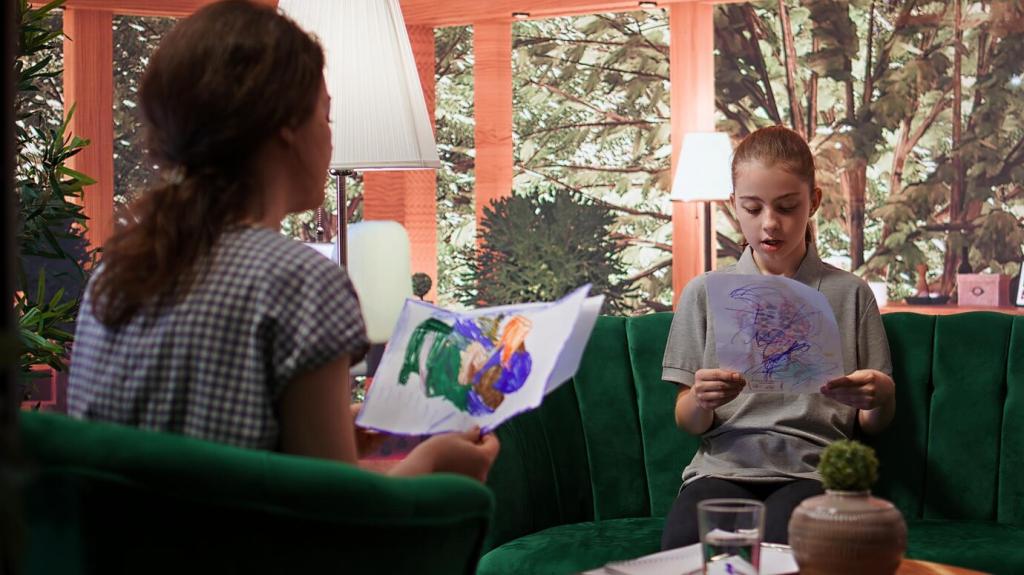
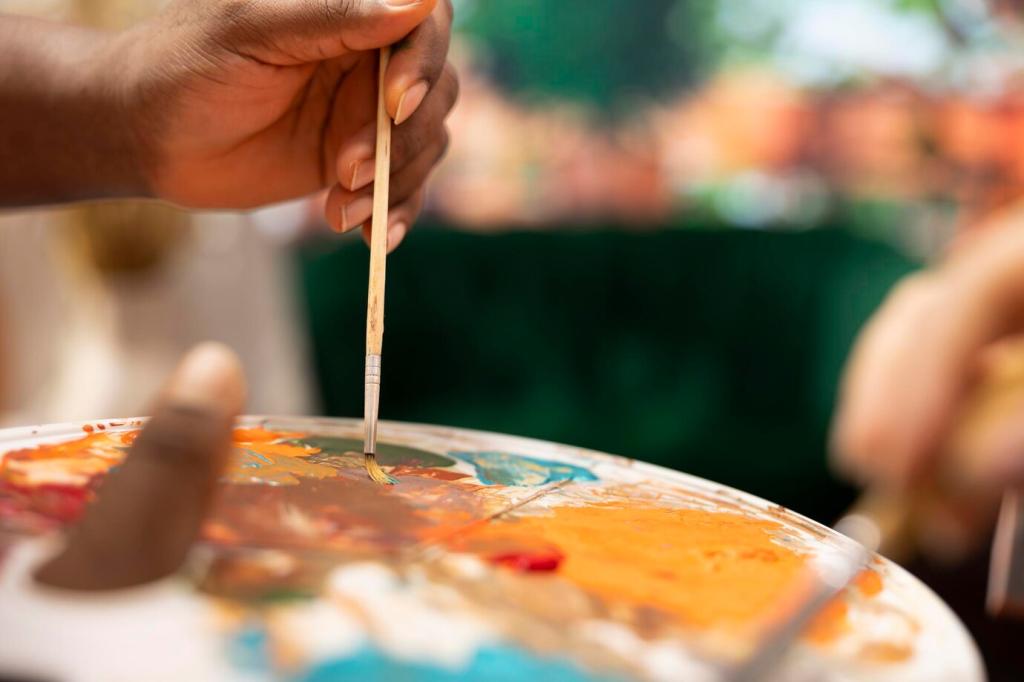
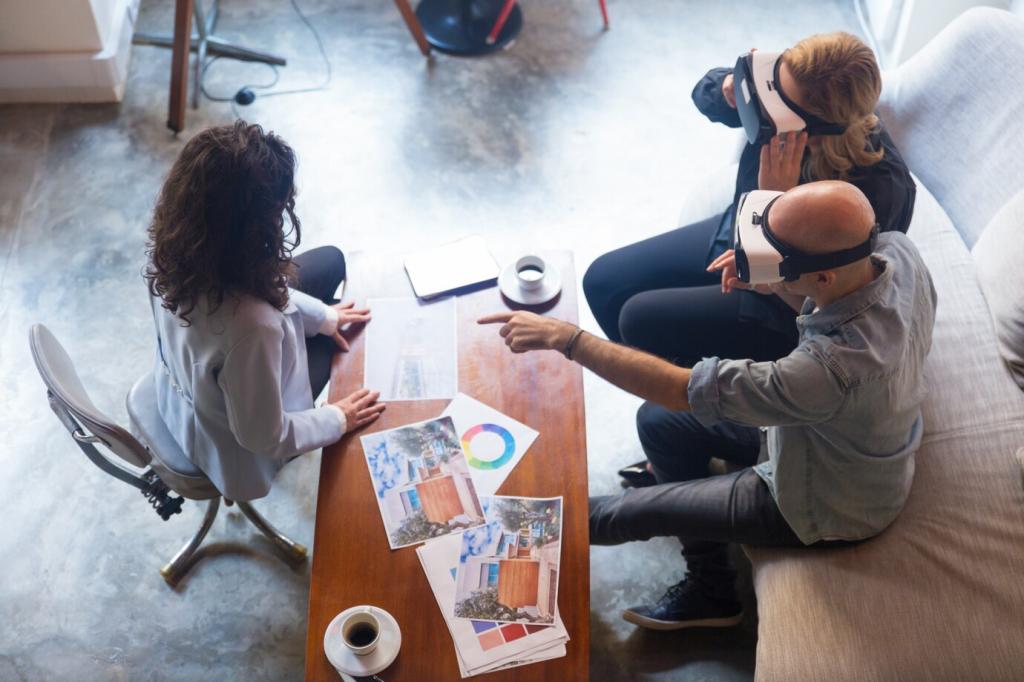
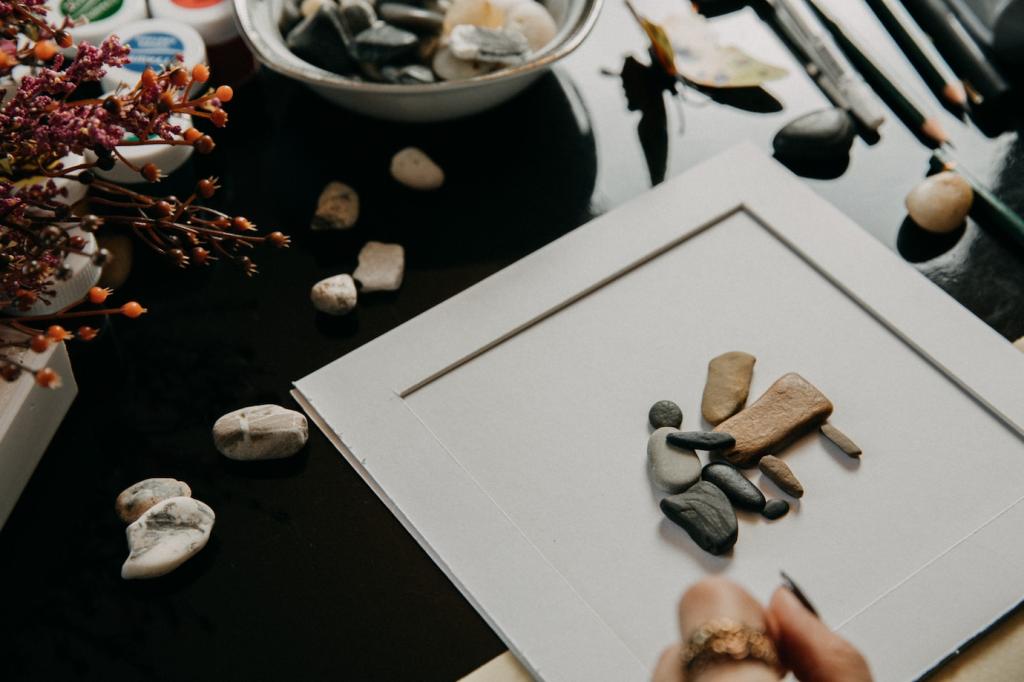
Tear, Layer, and Leave Room
Torn edges soften intense emotions; straight cuts add clarity. Layer dark tones beneath, then lighter pieces on top to symbolize emergence. Leave intentional negative space as a breathing room where new insights can quietly arrive.
Color and Composition as Mood Guides
Warm colors can energize depleted days, while cool palettes offer calm. Try balanced symmetry for stability or playful asymmetry for momentum. Notice your body’s response and tell us which palette eased or lifted your mood today.
Ethical, Meaningful Image Sourcing
Choose images that respect others’ dignity and support your values. Vintage books, catalogs, and your own photos can feel more personal. Keep a folder labeled “comfort images” so you always have supportive visual anchors when emotions swell.
Guided Prompts for Healing Through Collage
Divide the page into two sides: one for the worried voice, one for the caring voice. Find images for each, then add a bridging strip between them. Share what the caring voice said, or keep it private and sacred.
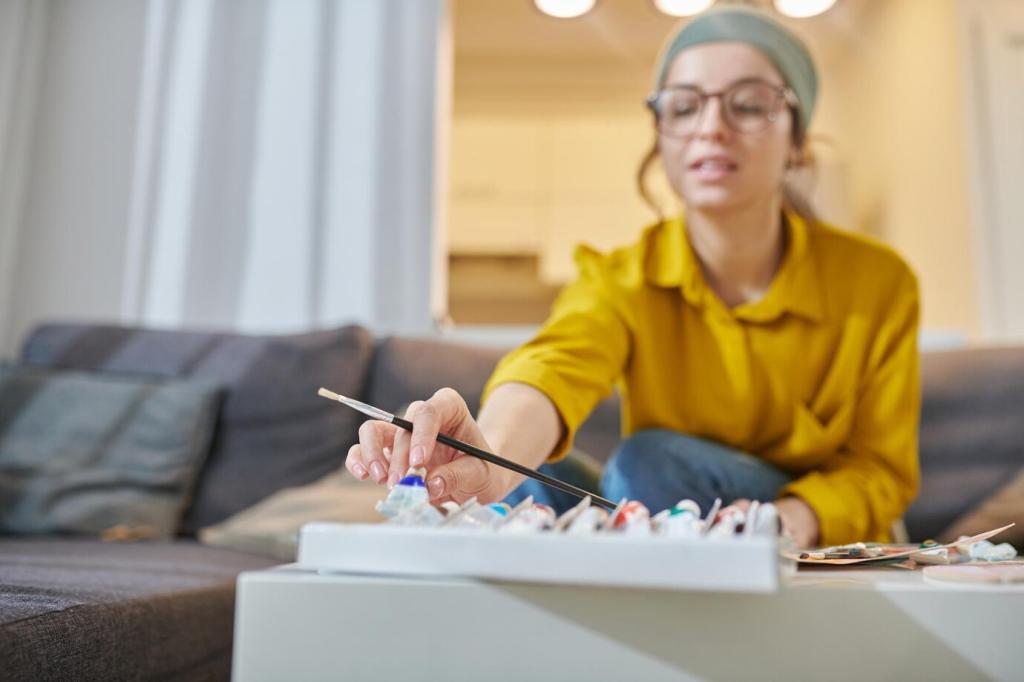
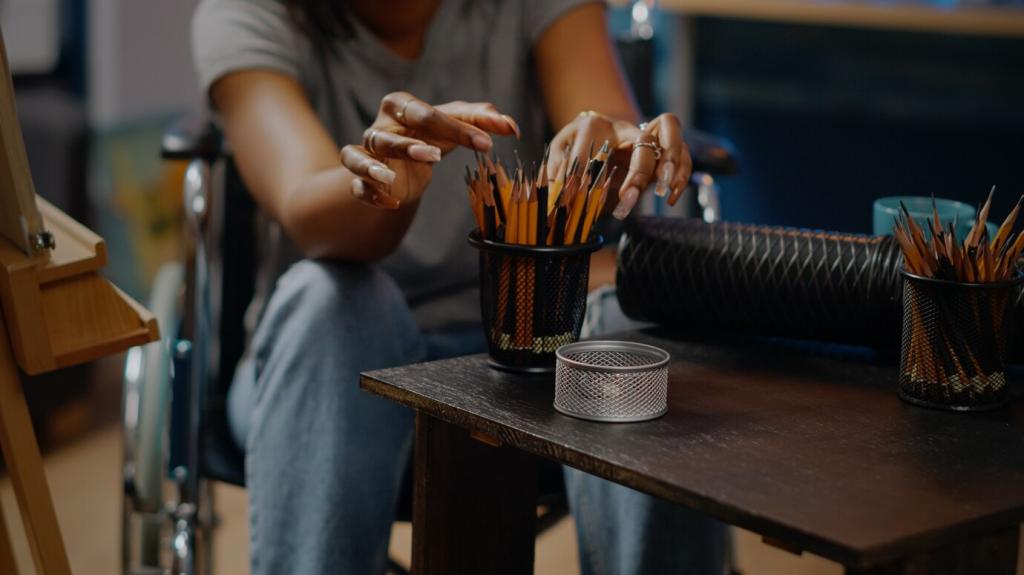
Guided Prompts for Healing Through Collage
Create a winding river from left to right, placing images for past, present, and future along the flow. Add tiny anchors where you felt steady. Comment with a word that describes your river’s current today—swift, gentle, or still.
Stories of Gentle Change
After a loss, Maya layered dark leaves beneath bright petals, returning weekly to add one new bloom. Over months, the bouquet grew fuller, not to erase grief, but to make room beside it. She now mentors others on tender beginnings.
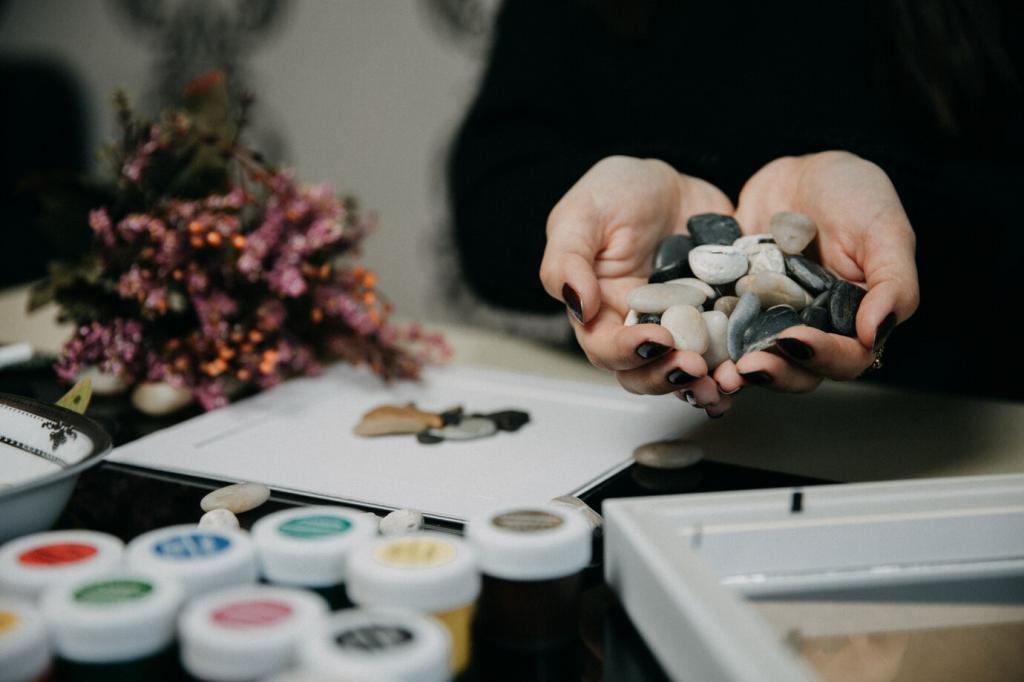
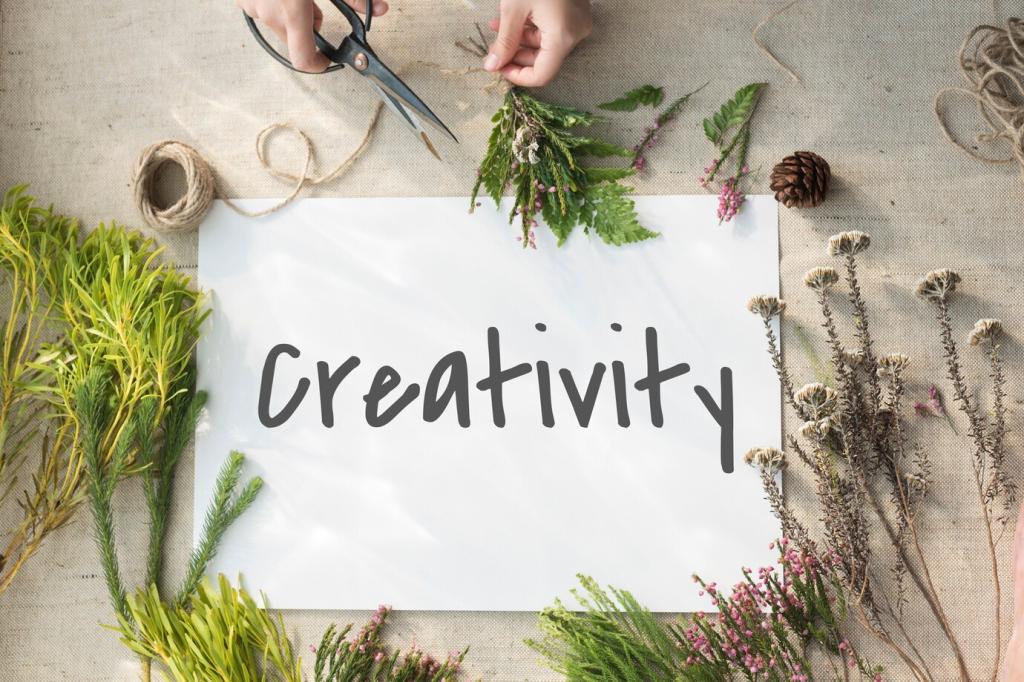
Stories of Gentle Change
Sam cut out tangled wires to represent overwhelm, then added small switches labeled “pause,” “breathe,” and “walk.” Each collage became a practice plan. He shared photos in our comments, receiving encouragement that made the next step feel possible.
Reflect, Journal, and Integrate
Questions to Meet Your Collage
Ask: What did my body feel during this? What surprised me? Where do I sense relief? Journal for five quiet minutes, then share one gentle insight in the comments to encourage someone who may need your courage.
Name, Date, and Speak to It
Give your collage a title, date it, and write a three-sentence note to it as if it were a friend. This simple ritual strengthens memory, meaning, and continuity. Tell us your title, and subscribe to our monthly naming circle.
Share or Keep Private—Both Are Brave
Healing is not a performance. You may share a corner, a color, or a lesson rather than the whole piece. If you do post, blur sensitive parts. Our community respects boundaries; add a supportive note on someone’s process today.
Keep a tiny notebook for quick collages made from three scraps and one word. This simple habit builds momentum. Share your word of the day below, and subscribe to receive our 30-day mini-collage calendar for steady support.
